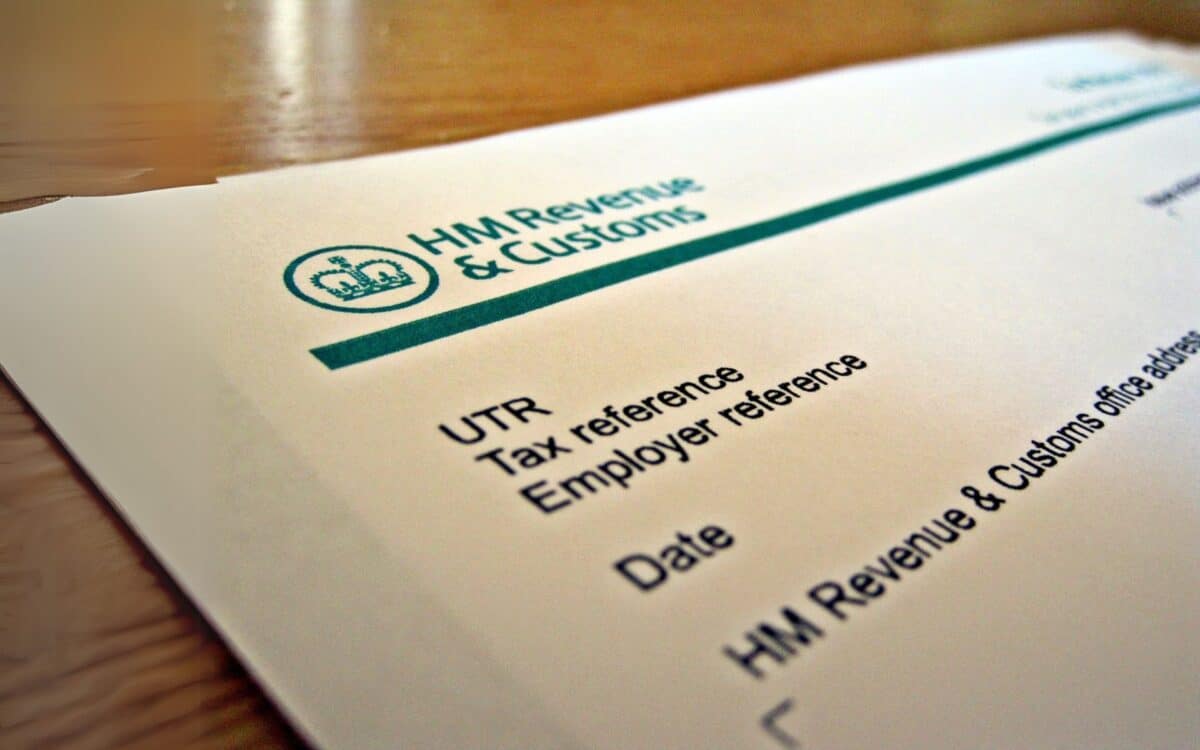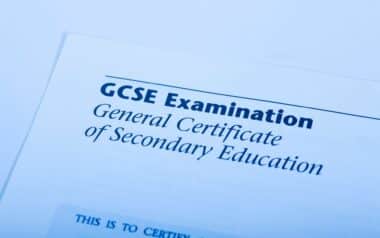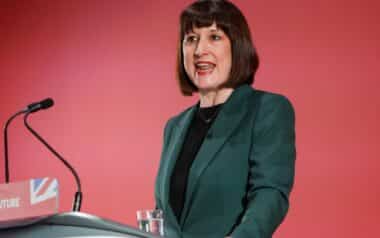More than two million UK pensioners have been drawn into the income tax net over the last four years, with some facing tax bills as high as £9,261 due to a combination of frozen tax thresholds and rising pensions.
The issue, highlighted by HMRC and reported by the Birmingham Mail, underscores how changes in tax policy are quietly reshaping the retirement landscape. Many state pensioners are now finding themselves unexpectedly liable for income tax, often for the first time.
The shift has sparked growing unease about the hidden financial pressures facing older citizens in an economy still adjusting to persistent inflation.
State Pension Age and Tax Thresholds Fueling Higher Liabilities
The current state pension age is 66 for both men and women, with increases planned to 67 by 2028 and 68 by 2046. While pension income from the Department for Work and Pensions (DWP) is treated as taxable income, the continued freeze on the personal allowance—which remains at £12,570—has dragged many pensioners above the tax threshold.
A pensioner receiving £327 per week, or £19,189 annually, is expected to face a cumulative tax bill of £9,261 by 2028.
Had the income tax thresholds risen in line with inflation since 2021, the amount payable would have been significantly lower—£6,242. The frozen thresholds are therefore a major factor in the increased tax burden.
The income tax bands remain:
- Personal allowance: up to £12,570 – 0%
- Basic rate: £12,571 to £50,270 – 20%
- Higher rate: £50,271 to £125,140 – 40%
- Additional rate: above £125,140 – 45%
Sharp Growth in Pensioners Taxed at Higher Rates
There has been a significant increase in the number of pensioners paying income tax at all rates, but the rise has been greatest in the numbers paying income tax at the higher rates – said Sir Steve Webb, former Liberal Democrat minister and now partner at LCP, a pensions consultancy.
This has more than doubled from under half a million four years ago to over a million now – he continued.
Not only does this mean more tax on things like income from state and company pensions, it also means these pensioners are paying more tax on their savings, as their personal savings allowance is cut, and a higher rate of capital gains tax – a ‘triple whammy’.
Sir Steve emphasised that
The higher rate threshold has become a real cliff-edge over which growing numbers of pensioners are falling.
This underscores how small increases in income can push pensioners into significantly higher tax liabilities, without corresponding increases in their tax-free allowance.
The Inflation Sting for Older Households
The combined effect of state pension increases, inflation-linked company pensions, and the income tax threshold freeze is, in Sir Steve’s words, “stinging older UK households.
” While intended to ensure fiscal discipline, the freeze has had the unintended consequence of pushing modest-income pensioners into tax bands once reserved for significantly wealthier earners.
The personal savings allowance, which determines how much interest income can be earned tax-free, also shrinks when individuals are moved into higher tax brackets. This means more retirees are taxed on their savings income.
Additionally, those affected face higher capital gains tax liabilities, further compounding their tax exposure.
Long-Term Implications for Policy and Income Security
Unless fiscal policy changes course, the number of pensioners facing these challenges is expected to rise in tandem with the state pension age. With income tax bands and allowances still frozen and inflation persisting, a growing proportion of retirees will encounter the effects of this tax squeeze.
As millions more cross into higher tax brackets, the pressure on fixed-income households increases. The phenomenon reveals tensions between revenue generation and retirement income stability, with long-term implications for the structure of UK pension and tax policy.









